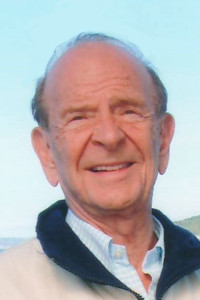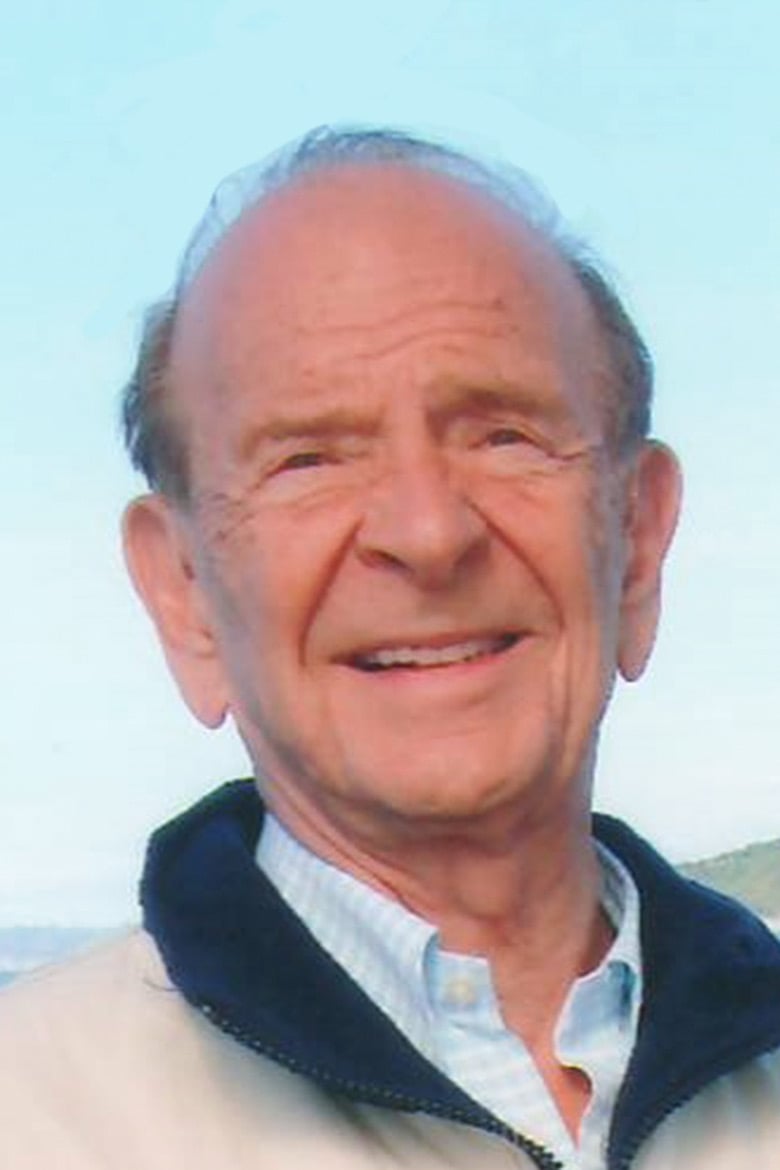
Oleg D. Sherby, professor emeritus of materials science and engineering acclaimed for his discovery of superplastic steel, died at his home in Menlo Park on Nov. 9. He was 90 years old.
Sherby’s most well-known work was in superplasticity, which refers to metal alloys becoming extremely ductile under high temperatures, or as Sherby said, according to a Stanford News article, “like well-chewed chewing gum.”
His team discovered superplastic steel after adding far more carbon to steel than prevailing theories assumed necessary. They forged the metal as it cooled at room temperature, so that the steel could be molded into various shapes but retain its strength. The product, named ultrahigh carbon steel, secured a patent for Sherby in 1976 and eliminated much of the cutting and grinding costs of fashioning steel products.
Sherby grew up in Shanghai, China to Russian-born parents escaping the Revolution. When Sherby was 13, the family moved to the San Francisco Bay Area, where he received his bachelor’s, master’s and doctorate in metallurgy at UC Berkeley, after a brief stint in the U.S. Army. He joined Stanford faculty in 1958, where he would remain for 30 years, co-authoring 340 publications and co-holding eight patents.
His colleagues described Sherby as brilliant and deeply kind.
“Publishing work with him was a unique experience because he had a remarkable attention to both the big picture and to details,” said Jeff Wadsworth, president and CEO of Battelle and a close colleague of Sherby’s.
An enthusiastic teacher, Sherby’s joy for life was palpable to his colleagues. Chol Syn, a fellow materials scientist, began collaborating with Sherby in 1989 on over 50 papers, alongside Don Lesuer.
“I learned so much from him, not only in materials science but also in how to think and live,” Syn said.
Sherby was thrilled that his discovery of superplastic steel revived the extinct field of Damascus steel — in other words, steel used to make impressive swords during the Crusades. The art of creating steel for the swords had been lost over the centuries until Sherby’s discovery. To him, this historical curiosity was equally exciting as the science behind the discovery.
On the Stanford campus, Sherby was known for his love of sports. He played soccer and ran track at UC Berkeley and often organized impromptu volleyball games for faculty and students at Stanford.
Sherby was married to Juanita Slater for nearly 40 years until her death in 1989, and afterward enjoyed the company of his second partner Marilyn Kazemi, who has since followed him in death. He is survived by four children, nine grandchildren and three great-grandchildren.
“I remember his most optimistic outlook and his kind smile,” said David Barnett, professor emeritus of MS&E. “He was the most decent of men.”
Contact Fiona Kelliher at fionak ‘at’ stanford.edu.
